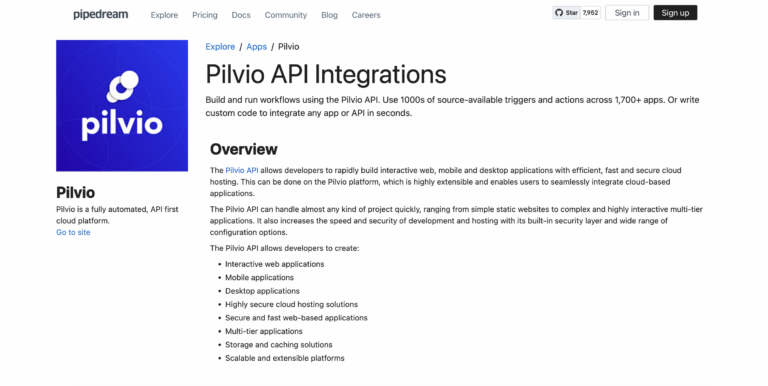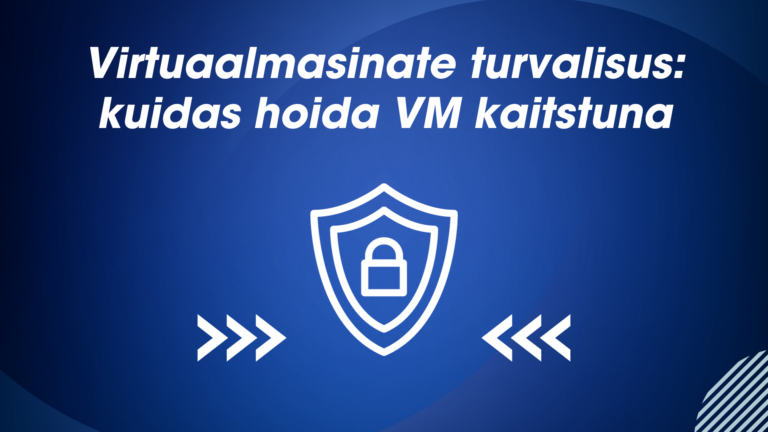Virtualization technology started taking over very fast with its efficient and convenient nature within last ten to fifteen years. Offering expanded disaster recovery options and being scalable helped businesses to reduce their costs and increase IT infrastructure efficiency. Therefore, virtual machines were considered over on-premise systems. Pay for what you use model of IaaS platforms (infrastructure as a service) made it more convenient to use the virtual machines.
Virtualization can be explained as creating several virtual machines on top of a single bare metal server system. This can happen in the level of devices, servers, networks, and desktops depending on the specific needs. The main purpose of virtualisation is so businesses can run multiple services on a single server. This reduces the hardware needs and space requirements while also decreasing the overall costs. On the other hand, virtual machines can improve productivity among your IT team and help you to improve your service capacity quickly.
Why is it Cost Effective?
IaaS platforms allow users to pay only for what they use and create compute resource they need immediately. Virtual machines can be created on IaaS platforms in minutes, to the location which is in a secure, purpose-built, highly available data centre. With this model, customers can use data centre resources conveniently over on-premises systems.
Having on-premise systems such as servers brings additional costs with it. First, you will need to purchase your own hardware and software licenses. To maintain the servers in house, the business owners also need to hire additional staff and IT experts or even create their own IT departments since physical servers need high and constant attention. Not less important are the costs for the infrastructure along with power, cooling and network requirements. It is also environmental friendly approach in our modern world, as the energy consumption lowers overall emissions.
One physical server can host many virtual machines and each of these virtual machines will run different applications. This will replace the need of many separate, dedicated and underutilized physical nodes.
Faster Deployment and Scalability
One of the biggest challenges with in house systems can actually be the scalability. For example, if a company is acquiring a large number of new customers, they will also need to increase their compute resources to sustain their business operations. Often the issue can be resolved by acquiring number of new servers. In this system, your business will need time to increase its server capacity and will need to increase its number of employees, energy consumption and overall costs along with it.
Virtualisation technology together with the IaaS model solves the pain. Deploying a virtual machine takes a little time in comparison to establishing growth in your own server capacity. It provides flexibility in terms of the size of the
Better Disaster Recovery and Less Down Time
Facing less downtime is important both in terms of your business operations and customer satisfaction. Unlike physical servers, virtual machines won’t depend on electricity or internet connection. In case of a blackout, your operations can still run without facing downtime. If the server in the data center which is hosting your virtual machine faces a problem, the system migrates your virtual machine to another server. With this way, you might not even notice the server stopped working because your virtual machine will keep operating in another server.
Virtualisation technology provides better disaster recovery since your virtual machine is always backed up on the storage. PILW.IO’s extensive API allows developers to create automated and scheduled backups. This allows your team to do a quick disaster recovery of the virtual machines and save your operations very fast, which might not be possible with in house server systems. On the other hand, they can also create snapshots of the virtual machines, which makes point-in-time copy of the virtual machine. With this feature, your developers can restore everything once they face a problem and continue to work on their projects.
Increased Productivity and Efficiency
Mobility is a requirement in today’s digital world and virtualisation can provide that for your business. With VMs your employees can access desktop and applications from any location on any device and over any connection. This maximises both productivity in your team and the
On the other hand, with the help of API virtual machines give you the opportunity to automate many different processes. Your developer team can save time by eliminating extra workload on different processes and focus on their projects more efficiently. For example with PILW.IO’s extensive API, developers can automate backups, start and stop routines of the VMs or increasing and decreasing the capacity of the resources that are in usage.


